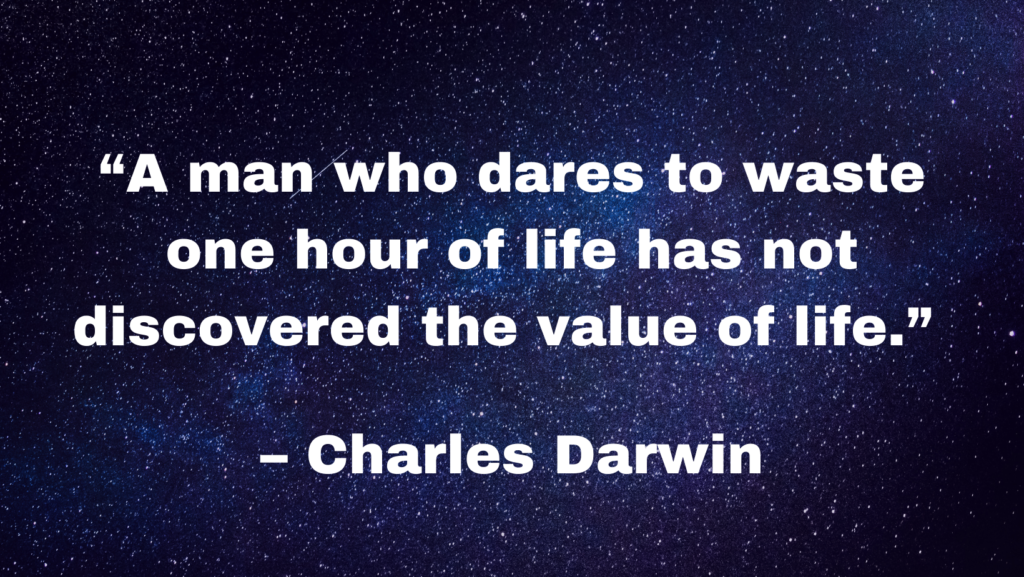
By Yvonne Milosevic
“I just love meetings!” said no one ever. It’s more likely you either loathe them, or they bore you to tears. Roughly 55 million meetings occur each week, and 67% of employees say that time spent in meetings hinders productive work. But eliminating meetings altogether isn’t practical—or even desirable. So, since they are a necessary evil, it’s time to consider ways to make them suck less. That’s where silent meetings come in.
Here, participants come together to read and process the information on the meeting agenda. Why is this important? In an ideal world, attendees would read the memo before the meeting. In our world, you’ll typically find that some people haven’t done the assigned reading in advance, much to the annoyance of their more prepared peers. Reading the material collectively ensures that everyone is on the same page.
According to corporate lore, Amazon’s Jeff Bezos started doing the group read after seeing too many executives try to bluff their way through meetings as though they had read the memo.
Next, participants share their observations in writing. Those comments then become the focal point of the meeting.
“Most of my meetings are now Google doc-based, starting with 10 minutes of reading and commenting directly in the doc,” Twitter CEO Jack Dorsey tweeted in 2018. “This practice makes time for everyone to get on same page, allows us to work from many locations, and gets to truth/critical thinking faster.”

Benefits of Silent Meetings
Most “loud” meetings have the same common flaws. One person dominates the discussion, introverted people remain silent, and others check out mentally or multitask. Meanwhile, everyone feels pressure to agree with the boss’s ideas. Quiet meetings remedy all those shortcomings.
“Attendees often hold back in meetings, waiting to hear what others say and what their boss might say out of fear of being perceived as difficult, out of touch, or off the mark,” Steven G. Rogelberg and Liana Kreamer write in Harvard Business Review. “Silence can be a solution to this problem, allowing space for unique knowledge and novel ideas to emerge.”
They end production blocking.
In a typical meeting, only one person speaks at a time, which creates an effect known as “production blocking.” Participants must take turns expressing ideas, and sometimes finding a window to chime in with your input becomes a challenge, say Rogelberg and Kreamer.
“An attendee may choose to table their contribution due to feeling that their idea is no longer relevant by the time they find the opportunity to contribute to the discussion,” they add.
In silent meetings, all participants can share their opinions at the same time. Quieter group members feel more comfortable expressing their observations, and everyone’s “voice” gets heard.
They remove social pressure.

In traditional vocal meetings, there’s pressure to echo the boss’s opinion or go along with the brashest voices in the room. If your idea runs counter to the prevailing winds, you’re more likely to swallow those dissenting thoughts. Silent meetings enable participants to avoid groupthink and share their ideas without falling prey to peer pressure. Junior staffers don’t have to mute their opinions to stay in their superior’s good graces.
They spark creativity.
When the loudest people on the team drown out everyone else, it can limit creativity. Anchoring bias is another common problem that occurs in vocal meetings. That’s what happens when the first idea gets put on the table, and then all thoughts that follow revolve around or relate to it.
“This reduces the diversity of the brainstorm and means that ideas presented early in the conversation have a disproportionate influence on the subsequent discussion,” says Loran Nordgren, an associate professor of management and organizations at the Kellogg School.

Research shows that creativity gets a significant boost during non-talking meetings. Instead of sharing thoughts out loud, “brainwriting” gives everyone an equal opportunity to take part. Kellogg’s Leigh Thompson found that brainwriting groups generated 20% more ideas and 42% more original ideas than traditional brainstorming groups.
“I was shocked to find there’s not a single published study in which a face-to-face brainstorming group outperforms a brainwriting group,” she says.
Ultimately, silent meetings can’t replace all talking meetings. But making a portion of your gathering silent will go a long way toward creating a more productive experience overall. Shy people will feel more comfortable, a wider array of innovative ideas will emerge, and everyone will be equally prepared for the task at hand.
Find more inspiration in these related posts:
You Need to Rethink How You Brainstorm
The Value of Silence in Negotiations
Want to Become More Creative? Book a Trip to Finland


